Humans have been writing books, stories, and poems since the beginning of time. Over the years, many of these humans have left their manuscripts behind for the people that came after them to find, and today, a few of those manuscripts are being preserved in museums and libraries across the world. In this article, we’re going to look more closely at some of the world’s oldest manuscripts and what they contain.
Let’s get right into it!
6 Oldest Manuscripts in the World
6. Nash Papyrus
Year of creation: 125 BCE
Year of discovery: 1902
Current location: Cambridge, England, United Kingdom
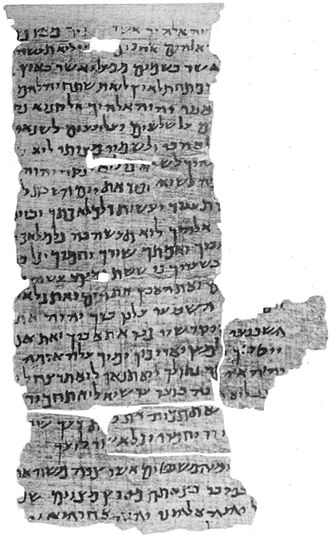
The Nash Papyrus manuscript was discovered in Egypt over 100 years ago. These papers were discovered by Walter L. Nash, who was an archaeologist and secretary of the Society of Biblical Archaeology. It’s worth noting that although the Nash Papyrus papers were found in fragments, researchers believe that they were most likely part of a larger manuscript. It is safe to say that since these fragments were unearthed after several centuries, many of their other parts probably disintegrated over time.
The contents of this manuscript contain the Ten Commandments, which are written in Hebrew, as well as the beginning section of the Shema Yisrael prayer. Researchers believe that this papyrus manuscript was used by devout Egyptian Jews, who read the Ten Commandments before praying the Shema Yisrael.
Did you know?
The Nash Papyrus manuscript contains the Ten Commandments, with the text coming from sections of the book of Exodus and Deuteronomy.
5. Diamond Sutra
Year of creation: 5th Century
Year of discovery: 1900
Current location: British Library
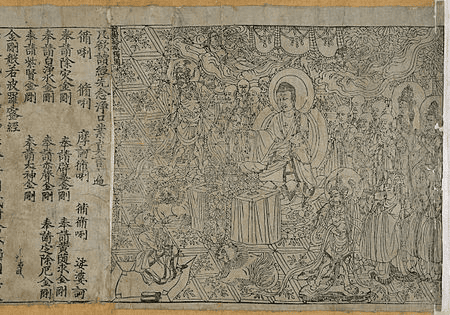
The Diamond Sutra is one of the world’s oldest manuscripts! Although it is currently being preserved and displayed in the British library, this manuscript was discovered at the beginning of 1900. The Diamond Sutra’s Sankrit title is Vajracchedikā Prajñāpāramitā Sūtra, which, when roughly translated, means “The Perfection of Wisdom Text that Cuts Like a Thunderbolt”.
Although researchers aren’t entirely certain about its author, many believe that it was written by Buddha’s pupil, Subhati. This sutra comes from Prajñāpāramitā, a genre about the perfection of wisdom. In addition to being one of the oldest manuscripts in the world, Diamond Sutra is also one of the world’s oldest sutras.
Did you know?
Diamond Sutra is the first creative work in the world that has a public domain dedication. The statement at the end of this book states that it was written to be distributed freely throughout the world.
4. Codex Parisino-petropolitanus
Year of creation: 7th Century
Year of discovery: 18th Century
Current location: Various sections are held at the Bibliothèque nationale de France, Paris, the National Library of Russia in Saint-Petersburg, the Vatican Library, and in Khalili Collections in London.
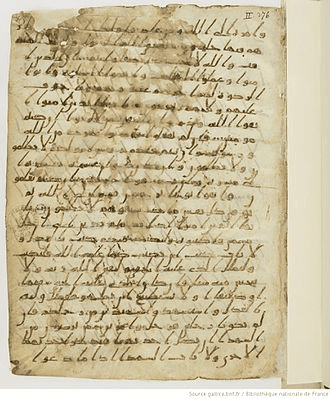
The Codex Parisino-petropolitanus is, in addition to being one of the world’s oldest manuscripts, is also one of the Quran’s oldest extant manuscripts. This manuscript was first discovered during the Napoleonic expedition to Egypt at the end of the 18th century. Jean-Joseph Marcel, who was a French Arabist, first discovered a few folios, and later on, Jean-Louis Asselin de Cherville purchased a few more pages.
As time went on, Jean-Joseph Marcel sold more pages, and the manuscripts went to other parts of the world, where they were preserved in various museums and libraries. The manuscript itself consists of six parts and spans two different Qurans.
Did you know?
A historian named François Déroche believes that this manuscript probably dates back to the late 7th century CE, while other historians believe that the manuscript probably emerged in the early stages of the 8th century.
3. Missal of Silos
Year of creation: 1080CE
Year of discovery: Unknown
Current location: Library of Monastery of Santo Domingo de Silos
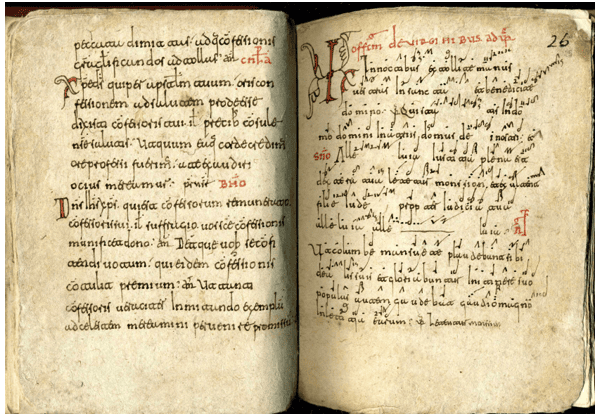
The Missal of Silos is known to be one of the world’s manuscripts. It is also the world’s oldest document that we know of today, and it was created in Europe. It’s interesting to note that this manuscript consisted of 157 folios.
The contents of this manuscript are liturgical in nature and focus on the Mozarabic rite. While it is called the Missal of Silos, it is not a typical missal but has been described by historians as a breviary missal.
Did you know?
The Missal of Silos was referred to in Umberto Eco’s novel The Name of the Rose; Eco also inspected the manuscript during his visit to Spain.
2. Spitzer Manuscript
Year of creation: 80–230 CE
Year of discovery: 1906
Current location: Staatsbibliothek zu Berlin (Berlin State Library) and the British Library
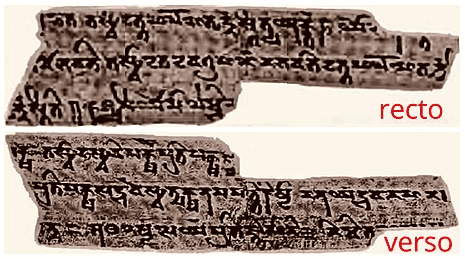
The Spitzer Manuscript is the world’s oldest manuscript written in Sanskrit! It is also one of the oldest manuscripts in general in the world. Although it was discovered at the beginning of the 20th century, carbon dating suggests that this manuscript was created at the beginning of the 2nd century.
The contents of this manuscript are written in the Gupta and Brahmi scripts and are simply copies of Hindu and Buddhist treatises. Researchers have found it interesting to note that unlike other manuscripts from India that have been found, there have been no translations of the Spitzer manuscript.
Did you know?
The Spitzer manuscript was discovered on the northern portion of the Central Asian Silk Road.
1. St. Cuthbert Gospel
Year of creation: 8th Century
Year of discovery: 1104
Current location: Durham and London
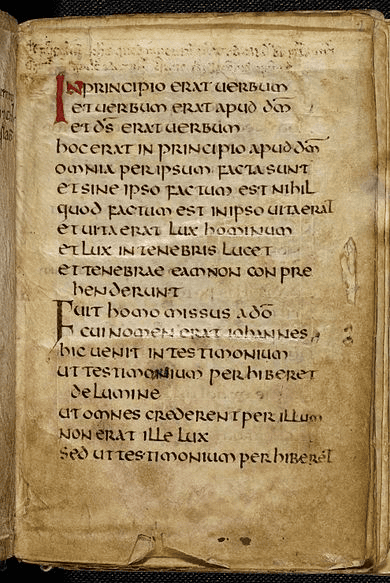
The St Cuthbert Gospel was a manuscript written in Latin that emerged in the early parts of the 8th century. It is less than 6 inches tall and 4 inches wide, and today is one of the world’s smallest Anglo-Saxon manuscripts. The script used in this manuscript is considered to be one of the most beautiful and elegant handwritten scripts ever used.
The text within this manuscript consists of a copy of the Gospel of John, while the manuscript itself was bound with red goatskin. The book has survived several centuries of binding, which is impressive, considering its age and the tools used to bind this book. Researchers believe that the binder of the book was experienced in their craft, since the book’s cover has survived and remained intact throughout the centuries that have passed.
Did you know?
Although St Cuthbert’s Gospel is named after Saint Cuthbert of Lindisfarne, North East England, researchers believe that this book was actually created after Cuthbert’s death.
Conclusion
In this article, we took you through a list of some of the world’s oldest manuscripts whose fragments are still surviving today! It’s fascinating to see how they have all been preserved over time, and even more fascinating to see that they have withstood the natural elements and remained whole! We hope this article taught you something new.











